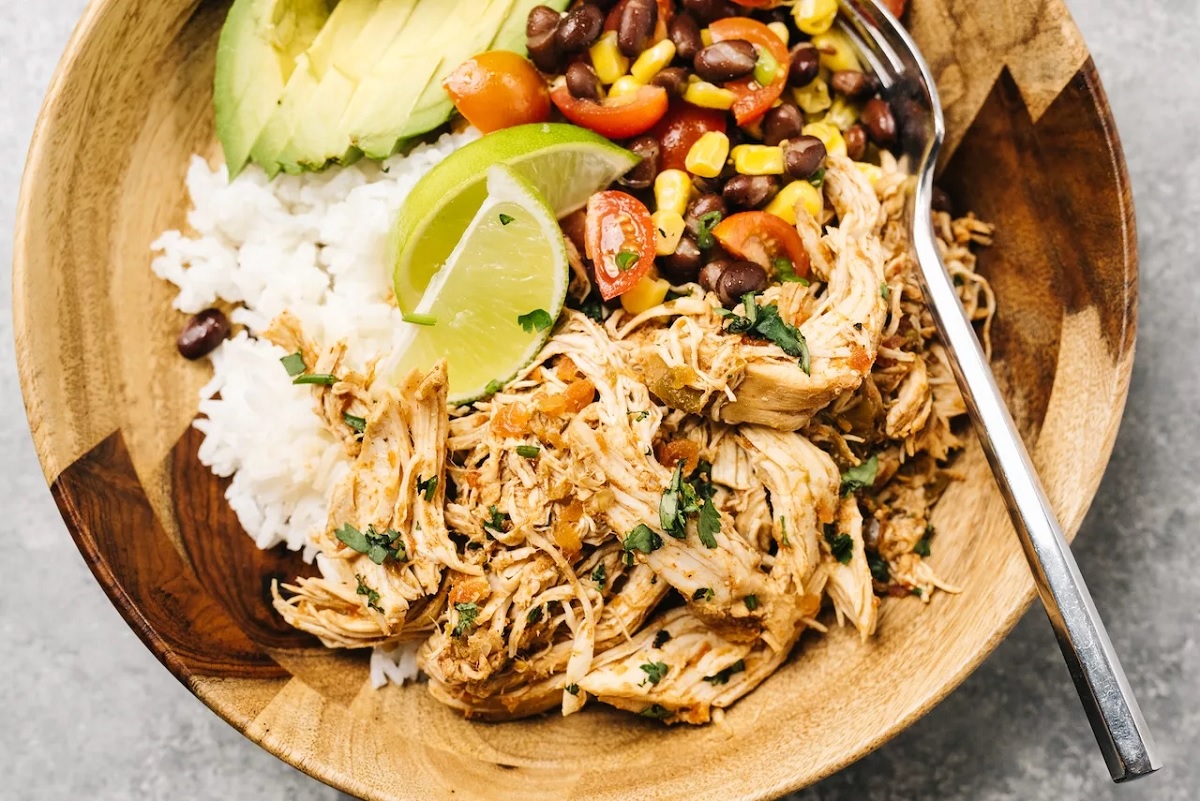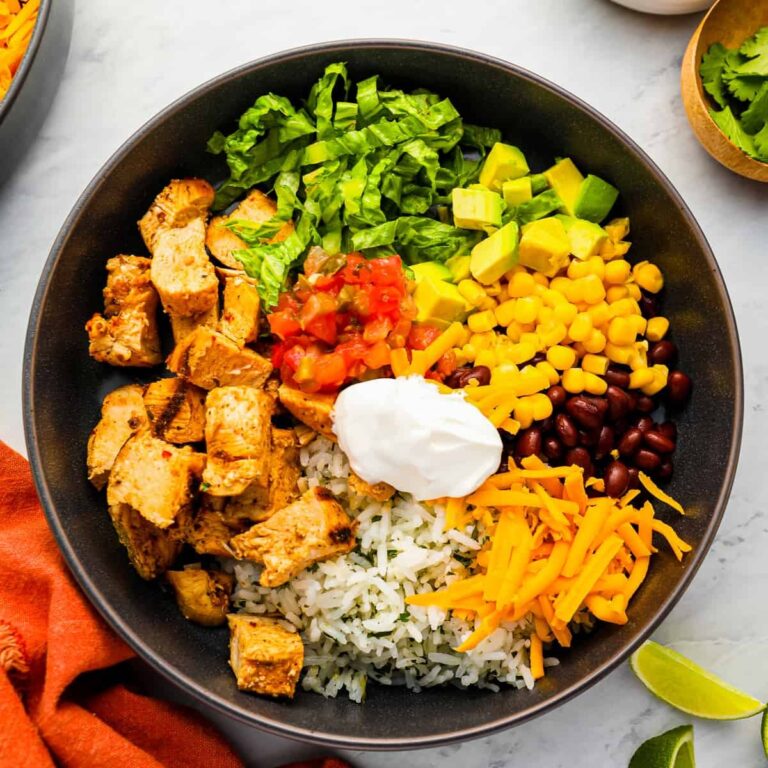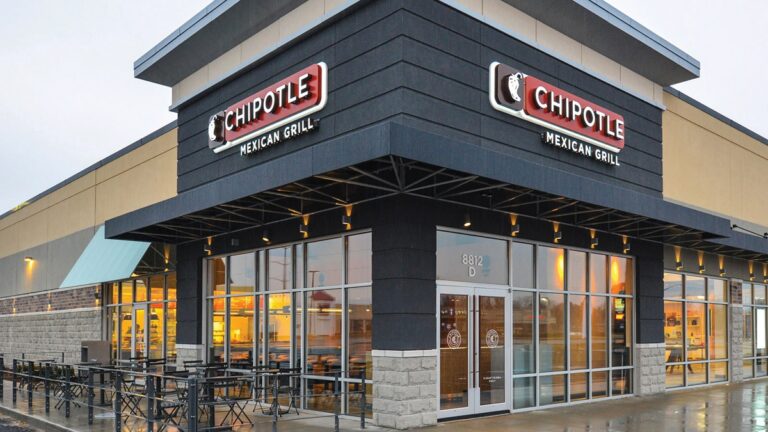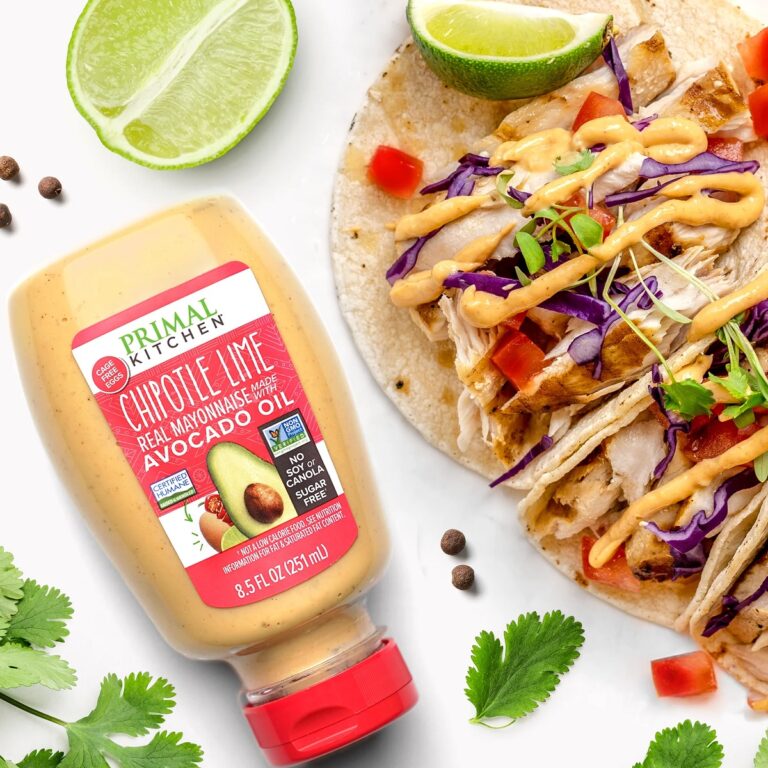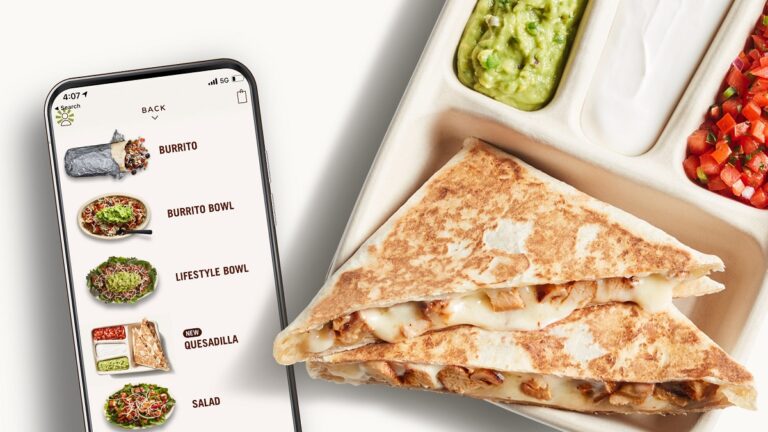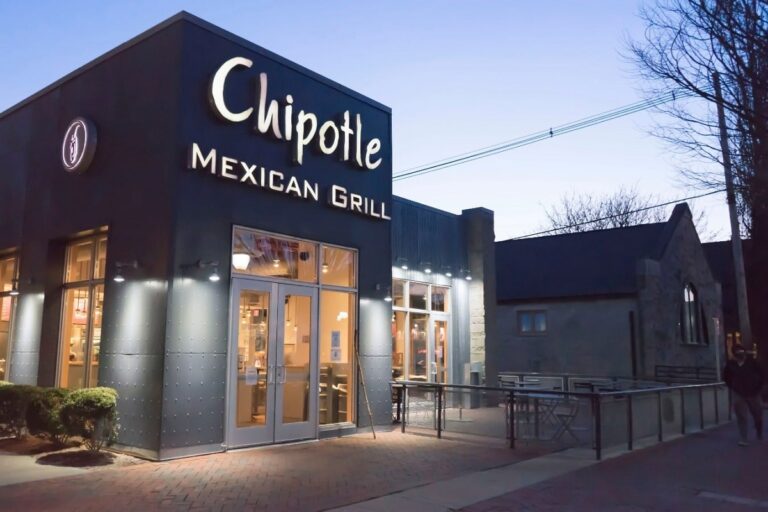Chipotle Nutritional Value Menu – Complete Guide to Calories and Macros
Understanding the nutritional content of your meals has become increasingly important, and many people are curious about the chipotle nutritional value menu. Chipotle offers a wide range of customizable options, including burritos, bowls, tacos, salads, and sides, each made with fresh, high-quality ingredients. Knowing the nutritional value of these items helps you make informed choices about calories, macronutrients, and portion sizes while still enjoying flavorful meals.
The menu includes a variety of proteins, grains, beans, vegetables, and toppings, allowing you to create balanced meals that fit your dietary needs. By exploring the chipotle nutritional value menu, you can plan meals that align with health goals, whether you are looking for higher protein content, lower carbohydrates, or plant-based options. Understanding this information ensures you can enjoy your favorite Chipotle dishes responsibly and mindfully.
Overview of Chipotle’s Menu and Nutrition
Chipotle is known for its fresh, customizable menu, offering a variety of options that cater to different tastes and dietary needs. From burritos and bowls to tacos, salads, and sides, every item is made with high-quality ingredients designed to deliver flavor and satisfaction. Understanding the nutritional content of Chipotle’s menu helps customers make informed choices, balance their meals, and enjoy their favorites while maintaining dietary goals.
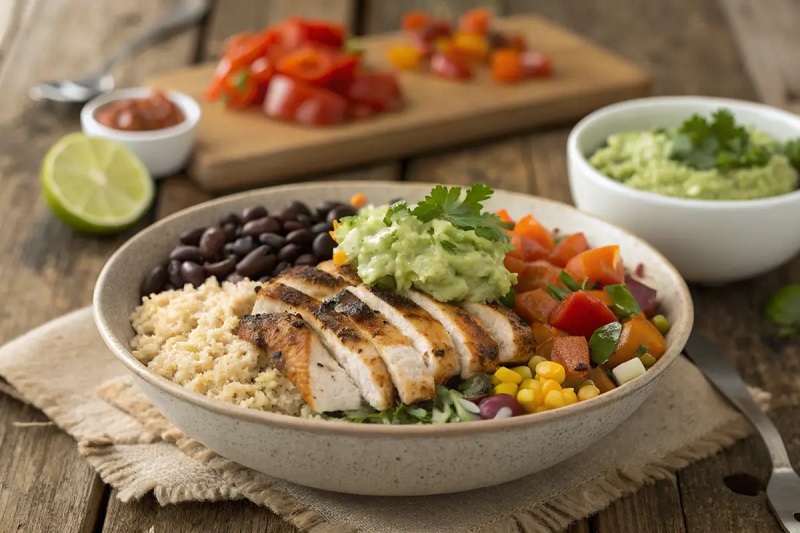
Customizable Protein Options
Protein is a key component of Chipotle meals, and the menu offers several choices including chicken, steak, barbacoa, carnitas, and sofritas. Each protein has its own nutritional profile, providing varying amounts of calories, protein, and fat. For example, chicken and steak are rich in protein and relatively low in carbohydrates, while sofritas offer a plant-based alternative with moderate protein content. By selecting different proteins, you can tailor your meal to meet specific nutritional needs, whether you’re focusing on higher protein intake or seeking a plant-based option.
Carbs, Grains, and Sides
Rice, beans, and tortillas form the carbohydrate base for many meals. White or brown rice, black or pinto beans, and corn or flour tortillas each have distinct calorie and nutrient values. Adding sides like chips, guacamole, or salsas can enhance flavor but also affects total calories, fats, and sodium. Understanding the nutritional impact of these items helps you build a balanced meal that fits your energy and dietary requirements.
Vegetables, Toppings, and Nutritional Balance
Fresh vegetables and toppings like lettuce, fajita vegetables, salsas, and cheese provide vitamins, minerals, fiber, and additional flavor. Guacamole adds healthy fats, while cheese and sour cream contribute protein and fat. By combining these ingredients strategically, you can create a meal that balances macronutrients and micronutrients, offering both taste and nutrition. Chipotle’s menu allows you to customize meals for calorie control, protein intake, or plant-based needs, making it versatile for health-conscious diners.
Nutritional Information by Protein
Chipotle offers a variety of protein options that allow you to customize your meal according to taste and nutritional needs. Each protein has a distinct calorie count, macronutrient composition, and flavor profile, helping you create a balanced and satisfying dish. Understanding the nutritional content of each protein can guide you in making informed choices for your burritos, bowls, tacos, or salads.
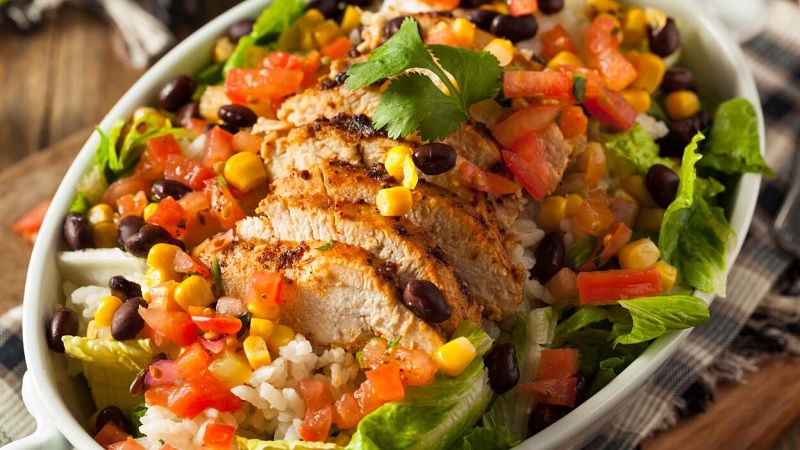
Chicken, Steak, and Carnitas
Chicken at Chipotle is a lean protein option, providing around 180 calories per serving, with approximately 32 grams of protein and 7 grams of fat. Steak offers a slightly higher calorie count, roughly 150 to 160 calories, with 23 grams of protein and 7 grams of fat, making it rich and satisfying. Carnitas, made from slow-cooked pork, contains around 210 calories per serving, with 23 grams of protein and 11 grams of fat. These options are ideal for those seeking high protein intake while still enjoying flavorful meals.
Barbacoa and Sofritas
Barbacoa, a shredded beef option, provides around 170 calories per serving, 24 grams of protein, and 8 grams of fat. Sofritas, a plant-based tofu option, contains approximately 145 calories, 8 grams of protein, and 7 grams of fat per serving. Barbacoa offers a rich, savory flavor with substantial protein content, while sofritas are a great choice for vegetarians or anyone seeking a lower-calorie, plant-based protein option without compromising taste or texture.
Nutritional Information by Base
The base of a Chipotle meal plays a key role in its overall nutritional profile. Customers can choose from rice, beans, or a combination of both to create a satisfying foundation for their burritos, bowls, tacos, or salads. Each base option provides different calorie counts, macronutrients, and dietary benefits, allowing you to tailor your meal according to your nutritional goals.
Rice Options
Chipotle offers white and brown rice as carbohydrate bases. A serving of white cilantro lime rice contains around 210 calories, 4 grams of protein, and 44 grams of carbohydrates, providing quick energy. Brown rice has slightly fewer calories, approximately 200, and adds an extra gram of fiber, making it a good option for those seeking a more nutrient-dense carbohydrate source. Both options are lightly seasoned with lime and cilantro, adding flavor without excessive calories or fat.
Bean Options
Beans are a popular base for protein and fiber. Black beans provide about 130 calories, 8 grams of protein, and 23 grams of carbohydrates per serving, while pinto beans offer similar nutrition with a slightly higher carbohydrate content. Beans are an excellent source of plant-based protein, dietary fiber, and essential minerals, supporting digestion and sustained energy levels.
Combining Bases
Many customers choose to combine rice and beans for a balanced meal. This combination increases both protein and fiber content while maintaining energy-providing carbohydrates. By selecting your preferred base or mix, you can create a meal that meets your taste preferences and nutritional goals, providing a solid foundation for a complete, flavorful Chipotle dish.
Chipotle Toppings, Salsas, and Extras
Chipotle offers a wide variety of toppings, salsas, and extras that allow you to customize each meal according to your taste preferences and nutritional needs. These additions not only enhance flavor but also provide texture, color, and additional nutrients to your burritos, bowls, tacos, or salads. From fresh vegetables to creamy guacamole and flavorful salsas, each component contributes to a well-rounded and satisfying dining experience.
Fresh Vegetables and Fajita Mix
Chipotle provides a selection of fresh vegetables, including shredded lettuce, chopped tomatoes, onions, and fajita vegetables such as peppers and onions. These toppings add fiber, vitamins, and minerals to your meal while keeping it light and refreshing. Fajita vegetables are sautéed lightly to bring out their natural flavors, making them an excellent complement to proteins and rice without adding excessive calories or fat.
Salsas and Sauces
Salsas at Chipotle range from mild to spicy, allowing you to control heat levels while adding vibrant flavor. Options include fresh tomato salsa, roasted chili-corn salsa, tomatillo green chili salsa, and tomatillo red chili salsa. Each salsa contains fresh ingredients like tomatoes, peppers, and herbs, providing antioxidants and enhancing the taste of your meal. Sauces and salsas contribute minimal calories while delivering a punch of flavor, making them a healthy and delicious choice.
Extras: Cheese, Sour Cream, and Guacamole
Extras such as shredded cheese, sour cream, and guacamole add richness and creaminess to meals. Cheese contributes protein and calcium, while sour cream adds a tangy flavor. Guacamole, made from ripe avocados, provides healthy monounsaturated fats, fiber, and essential vitamins. While these extras add flavor and texture, being mindful of portions can help maintain a balanced nutritional profile.
Chips and Sides
Chips are a crunchy addition that pairs well with salsas or guacamole. While they add calories and carbohydrates, they are a popular side for sharing or enhancing your meal. Choosing appropriate portion sizes and pairing them with fresh toppings or salsas can make chips a satisfying and complementary component.
Healthier and Special Diet Options
Chipotle offers a variety of healthier and special diet options, making it easier for customers to enjoy flavorful meals while meeting their nutritional or dietary goals. From plant-based proteins to customizable bowls, the menu allows you to tailor meals to fit preferences such as low-calorie, vegetarian, vegan, gluten-free, or high-protein diets. Understanding these options helps you make informed choices without sacrificing taste or satisfaction.
Plant-Based and Vegetarian Options
Sofritas, a seasoned tofu option, provides a fully plant-based protein that is both flavorful and satisfying. Combined with beans, rice, and fresh vegetables, it creates a nutrient-dense meal suitable for vegetarians and vegans. Additionally, choosing salads or bowls without cheese or sour cream can reduce calories and fat, making meals lighter while still rich in flavor and essential nutrients.
Gluten-Free and Low-Calorie Choices
Many Chipotle ingredients, including cilantro lime rice, beans, proteins, and fresh vegetables, are naturally gluten-free. Customers can build bowls or tacos with corn tortillas to ensure a gluten-free meal. For a lower-calorie option, you can skip high-fat toppings like cheese and sour cream, and focus on fresh vegetables, salsas, and lean proteins. This flexibility allows you to enjoy a satisfying, balanced meal that aligns with special dietary needs.
FAQs
What Is Included In The Chipotle Nutritional Value Menu
The Chipotle nutritional value menu provides detailed information about calories, macronutrients, and ingredients for all menu items. It covers proteins, bases, toppings, salsas, and extras, allowing you to make informed choices for burritos, bowls, tacos, and salads.
How Many Calories Are In A Chipotle Bowl
Calorie content varies depending on the base, protein, and toppings you choose. A standard burrito bowl with rice, beans, chicken, vegetables, and salsas typically contains between 500 and 700 calories. Adding extras like guacamole or cheese will increase the total calorie count.
Which Chipotle Proteins Are Healthiest
Lean proteins such as chicken and barbacoa are high in protein and lower in fat compared to carnitas or cheese-heavy options. Sofritas provide a plant-based alternative with moderate calories and protein, ideal for vegetarians or anyone seeking a lighter option.
Are Chipotle Salsas And Toppings Nutritious
Yes, many salsas and toppings are made from fresh vegetables, herbs, and spices, providing vitamins, minerals, and antioxidants. Items like guacamole also supply healthy fats, while cheese and sour cream add protein and calcium but should be consumed in moderation.
Can Chipotle Nutritional Values Help With Diet Planning
Absolutely. The nutritional menu helps you track calories, protein, carbs, fats, and sodium content. By selecting ingredients and portion sizes mindfully, you can customize meals to fit weight management, high-protein, low-carb, or plant-based dietary goals.
Does Chipotle Offer Gluten-Free Or Special Diet Information
Yes, Chipotle provides guidance for gluten-free, vegetarian, vegan, and low-calorie options. Ingredients such as rice, beans, proteins, and fresh vegetables are labeled, helping you safely navigate the menu while meeting your dietary restrictions or preferences.
Conclusion
The Chipotle nutritional value menu is an essential tool for anyone looking to enjoy flavorful meals while maintaining a balanced diet. By providing detailed information on calories, macronutrients, and ingredient content, it empowers you to make informed choices when building burritos, bowls, tacos, or salads. Whether you are tracking protein intake, managing calories, or following a special diet such as gluten-free, vegetarian, or vegan, understanding the nutritional profile of each menu item allows you to customize your meal to meet your health goals.
With options ranging from lean proteins and fresh vegetables to wholesome sides and flavorful toppings, Chipotle offers the flexibility to enjoy satisfying meals without compromising on nutrition. Using the nutritional menu ensures that every order aligns with your dietary needs and personal preferences, making healthy eating both convenient and delicious.

